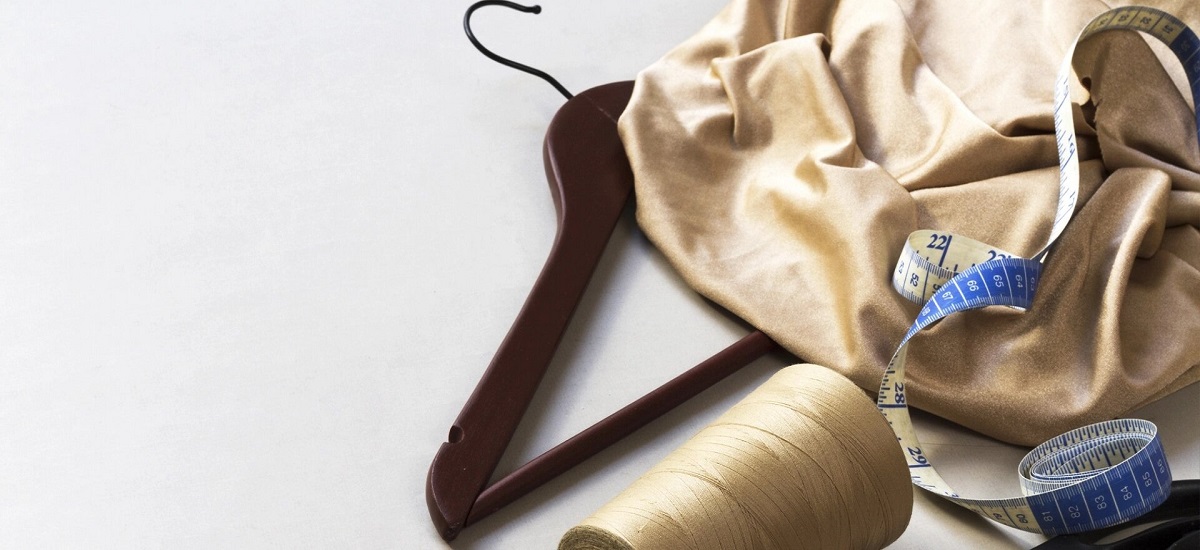Your privacy is important to us.
This website uses cookies so that we can provide you with the best user experience. Learn more about our use of your data by reading our Privacy Policy.

Introduction: Plastic Injection Molding is a widely used manufacturing process for producing plastic parts (such as Plastic Hangers, Corrugated Box Handles, Automotive Parts, and Plastic Housing) and products with high precision and efficiency. However, like any manufacturing process, it is not without its challenges. In this blog, we will explore some of the common challenges encountered in plastic injection molding and discuss troubleshooting techniques to overcome them. Understanding these challenges and how to address them is crucial for achieving optimal results and minimizing production disruptions.
1. Material Selection and Compatibility
One of the primary challenges in plastic injection molding is selecting the appropriate material for the desired part. Different plastics have distinct properties, such as melt flow rate, shrinkage, and thermal stability, which must be considered. Incompatible material selection can lead to issues like warping, cracking, or poor surface finish. Conducting material testing and consulting with material suppliers can help identify the most suitable materials for the application.
2. Injection Mold Design
The design of the injection mold plays a critical role in the success of the molding process. Poor mold design can result in various challenges, including inadequate cooling, uneven filling, and excessive stress on the part. To address these issues, it is essential to ensure proper gate and runner design, adequate cooling channels, and appropriate venting to facilitate smooth and uniform filling of the mold cavity.
3. Injection Molding Machine Issues
The injection molding machine is the workhorse of the process, and several machine-related challenges can affect production. Problems like inconsistent temperature control, pressure variations, and machine malfunction can lead to part defects and inconsistencies. Regular maintenance, calibration, and monitoring of machine parameters are vital to minimize these issues and ensure optimal performance.
4. Part Defects
Several common defects can occur during plastic injection molding, affecting the quality and functionality of the produced parts. These defects include sink marks, flash, warping, short shots, and flow lines. Each defect has its root causes, such as inadequate cooling, improper gate size, or insufficient packing pressure. By identifying the specific defect and understanding its underlying cause, appropriate troubleshooting measures can be taken, such as adjusting process parameters, modifying the mold design, or optimizing material properties.
5. Process Optimization and Control
Maintaining consistent and repeatable production parameters is crucial for high-quality plastic injection molding. Process optimization and control involve fine-tuning variables such as temperature, pressure, injection speed, and cooling time. Monitoring and analyzing process data, conducting regular quality checks, and making data-driven adjustments can help achieve process stability, reduce scrap rates, and enhance overall efficiency.
6. Environmental Factors
Environmental factors can significantly impact the plastic injection molding process. Humidity levels can affect material properties, leading to dimensional variations and surface defects. Dust and contaminants in the production environment can cause part blemishes or affect mold performance. Proper environmental controls, including humidity control, air filtration, and cleanliness protocols, are essential for consistent and high-quality production.
7. Post-Molding Operations
After the molding process, additional operations such as trimming, deburring, and assembly may be required. Challenges can arise in these post-molding operations, including part damage during handling, difficulty in removing support structures, or misalignment during assembly. Proper training, ergonomic tool design, and streamlined post-molding processes can help overcome these challenges and ensure efficient secondary operations.
8. Quality Assurance and Inspection
Ensuring the quality of the molded parts is crucial before they are released for use or shipment. However, challenges can arise in quality assurance and inspection, such as detecting hidden defects, conducting comprehensive dimensional checks, and maintaining consistent quality standards. Implementing robust quality control measures, including automated inspection systems, statistical process control, and visual inspection protocols, can help identify and address quality issues effectively.
Conclusion: Plastic injection molding offers tremendous potential for efficient and precise manufacturing of plastic parts. However, it is essential to be aware of the common challenges that can arise during the process and to employ effective troubleshooting techniques to overcome them. By addressing material selection, mold design, machine-related issues, part defects, process optimization, environmental factors, post-molding operations, and quality assurance, manufacturers can enhance the quality, productivity, and profitability of their plastic injection molding operations. With careful attention to these challenges, we at Toni Plastic Industries aim to deliver consistent and high-quality results in various industries.

Toni Plastic Industries is a leading manufacturer and supplier of high-quality plastic products. We specialize in custom injection molded products, Original Equipment Manufacturer (OEM) Parts and Original Design Manufacturer (ODM) Parts. Our product range includes various types of products such as Plastic Hangers, Belt Hangers, Scarf Hangers, Blazer Hangers, Packaging Hangers, Wooden Hangers, Matt Hangers, Bottom Hangers, Top Hangers, Corrugated Box Handle, Plastic Dowel Sleeves, Automotive Parts, Electronic Housing and Custom injection molded parts.
View all posts by TONI PLASTIC INDUSTRIES